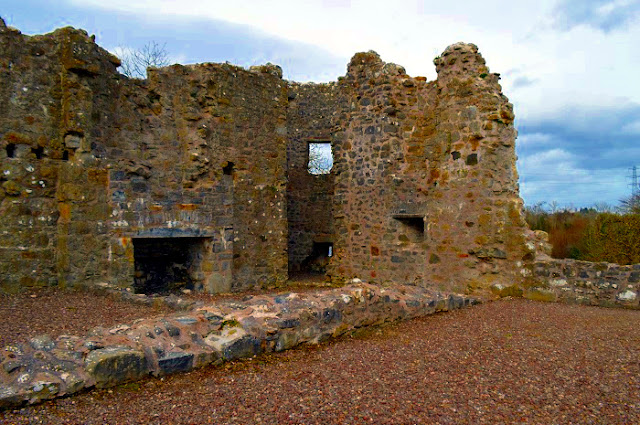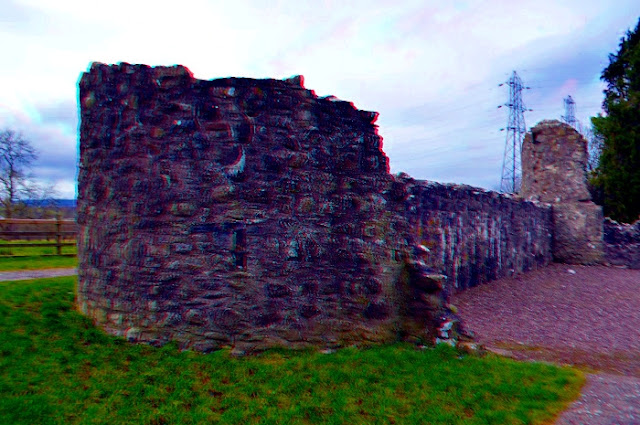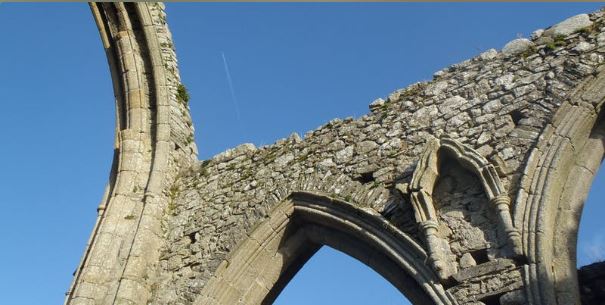Ramesses II (& Belzoni too)

< Table of Contents I’ve wondered how I should start this series. I initially thought that I might leave my very favourite piece to last, but instead I felt that it should be true to how I actually interact with London museums – when I’m in the city I always head for the British Museum first and, within that marvelous complex, I first go see my old friend Ramesses II. This upper portion of a colossal statue is one of a pair from the mortuary temple of Ramesses II in western Thebes, known as the ‘Ramesseum’. The stone for this piece was quarried as a single 20-ton block, far to the south in Aswan and transported here by river. Ramesses is a fascinating character – long lived and a prodigious builder – and, true, some of that is what attracts me to this piece. I love the statue’s serene look, coolly surveying the throngs that come to the museum every day to see him. Even after all these years, I’m still moved by Shelly’s (and, to a lesser extent, Horace Smith’s) ‘Oz




